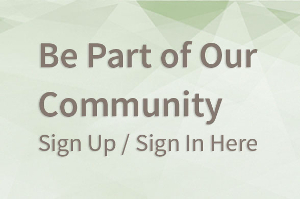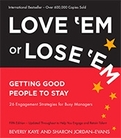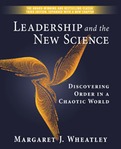BK Blog Post
Five Ways Scenario Planning Can Help Social Action Groups
 Posted by
Jeevan Sivasubramaniam,
Managing Director, Editorial,
Berrett-Koehler Publishers Inc.
Posted by
Jeevan Sivasubramaniam,
Managing Director, Editorial,
Berrett-Koehler Publishers Inc.

|
| Buy Adam's Book Here |
Author Adam Kahane was a leader of the groundbreaking Scenario Planning Team for Royal Dutch Shell, the energy company, -- widely credited as the originator of scenario planning. In his latest book (Transformative Scenario Planning ), Adam takes the basic principles of scenario planning and explains how they can be used for social action initiatives.Here are three ways scenario planning in the social sector (what Adam calls "Transformative Scenario Planning") can help social action groups:
1. Transformative Scenario Planning helps us see a bigger picture of what is happening now and might happen in the future.We cannot be effective in changing what is happening in the world is we only see our own little part of what is happening. Transformative scenario planning enables actors from across a whole social system-a community, a sector, a nation-to pool their perspectives and so to see more systemically and act more effectively.
2. Transformative Scenario Planning helps us not be blindsided by futures we don’t want because of a narrow focus on what we do want.People who are passionately trying to change the world often focus their attention on the way they want things to be. The discipline of Transformative Scenario Planning is that is requires us to focus dispassionately on how things might be, and so helps us improve our peripheral vision and our resilience.
3. Transformative Scenario Planning builds diverse alliances of actors, all of whom want to change the status quo.More often, the problems we face are too complex to be solved by any one person or organization or sector. But the diverse actors who would need to work together to make progress usually don’t agree on the solution or even on the problem. Transformative scenario planning, because it initially focuses simply on describing “our complex problematic situation,” provides a practical way for such actors to begin to work together.
4. Transformative Scenario Planning helps us develop the capacity to think and talk and work with strangers and opponents, not just with friends and colleagues.In a transformative scenario planning process, diverse actors rigorously and creatively talk through a set of relevant, challenging, plausible and clear scenario stories about what is happening and might happen; what these stories imply; and in the context of these stories what the actors can and must do. In this way the actors learn to work together across difficult differences in positions, perspectives, and interests.
5. Transformative Scenario Planning helps in constructing better ways forward together for a better world for all.Transformative scenario planning is a way for a broad alliance of committed actors to build new understandings, relationships, intentions, and actions. These four types of results enable these actors to achieve together what they cannot achieve separately: to co-construct new and better futures.





